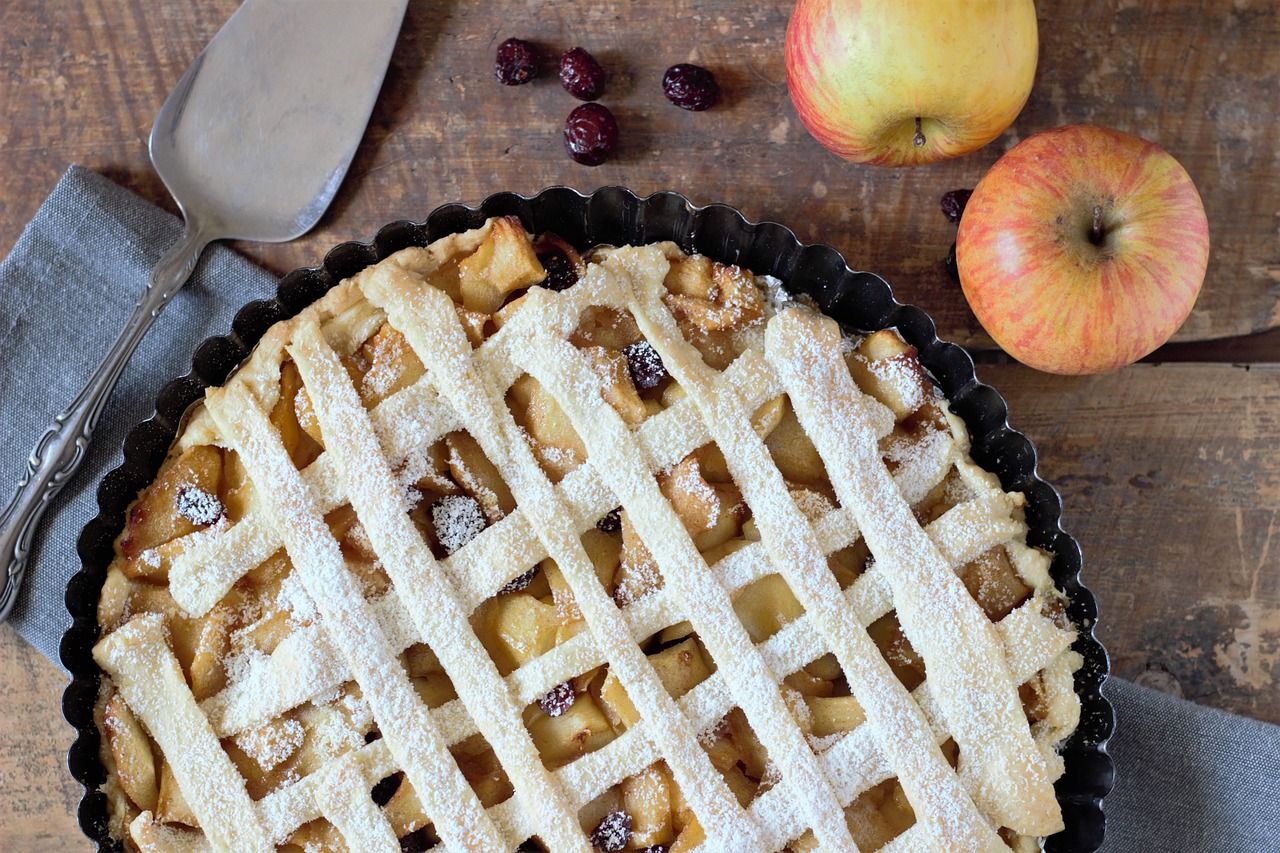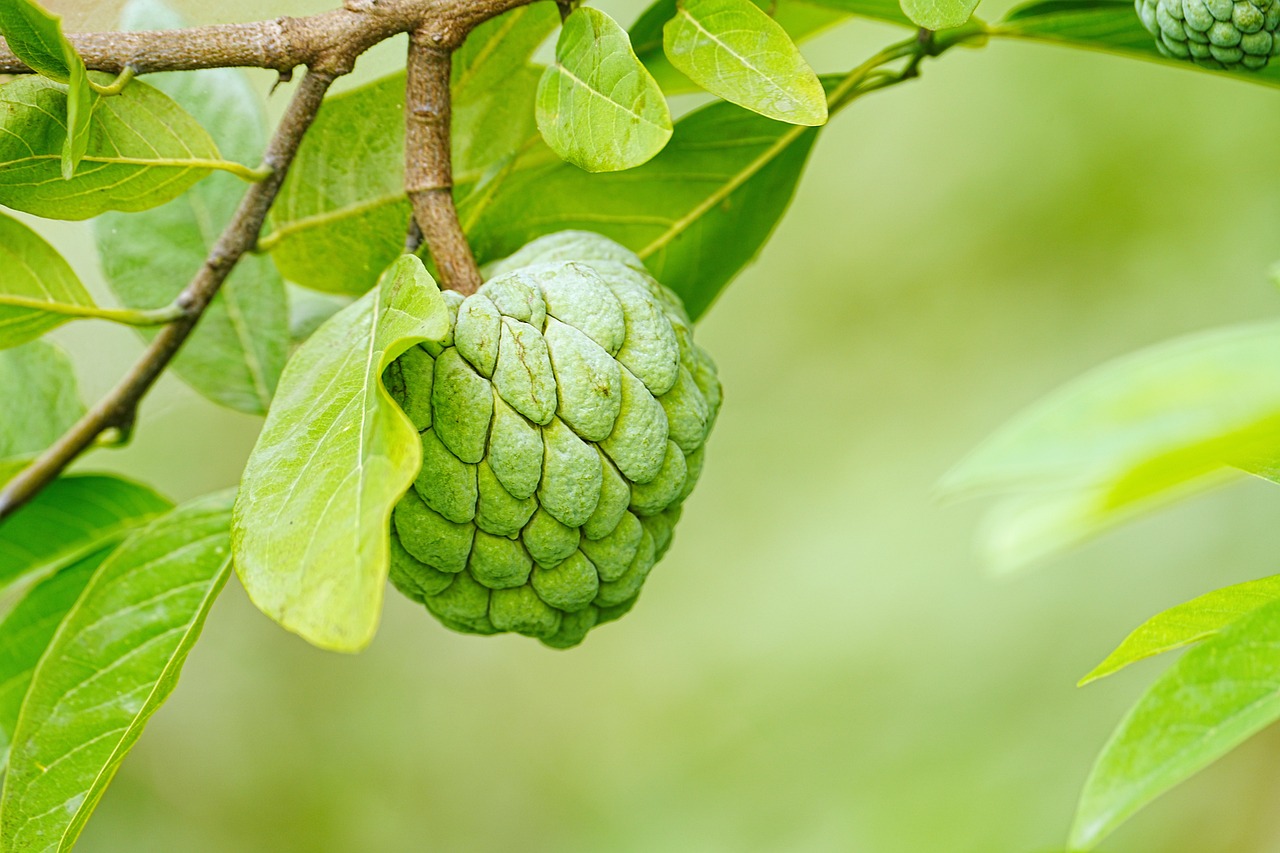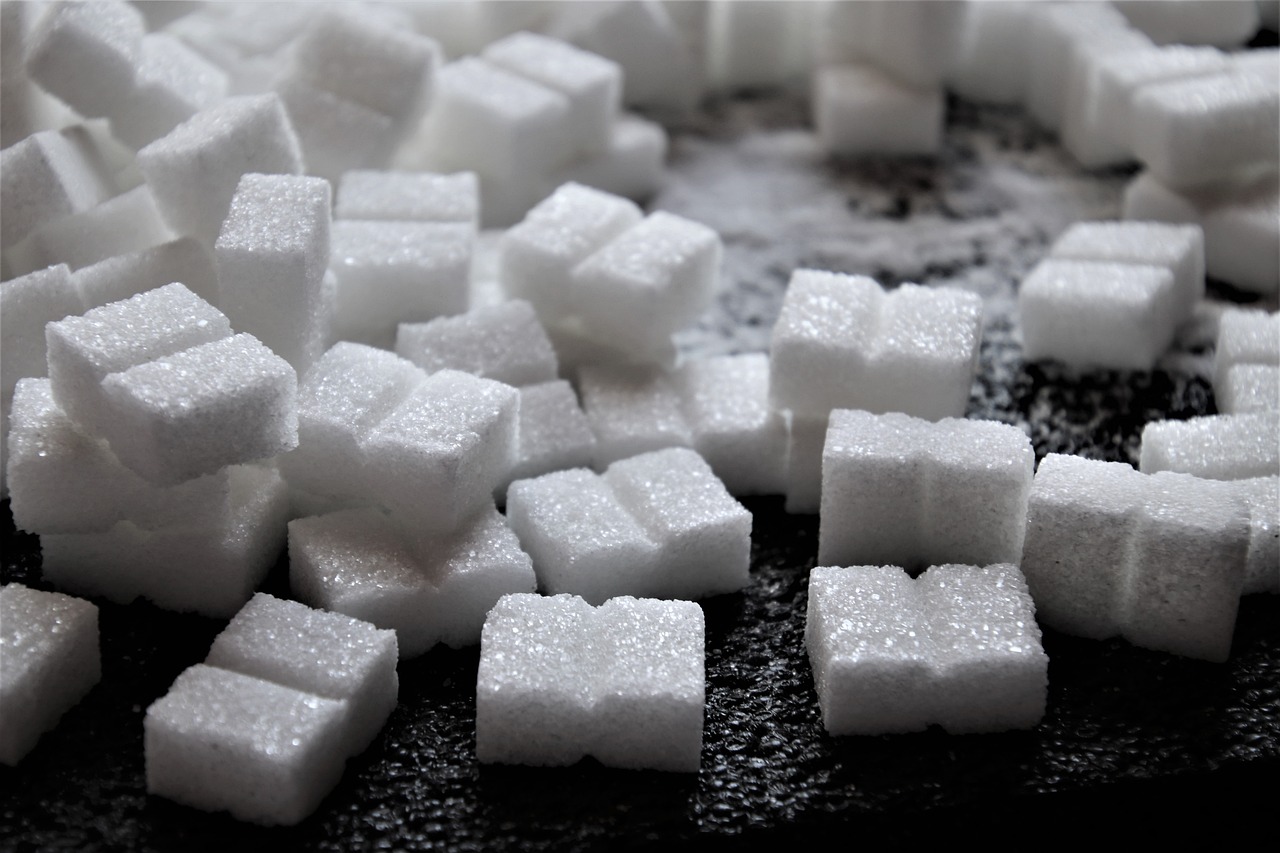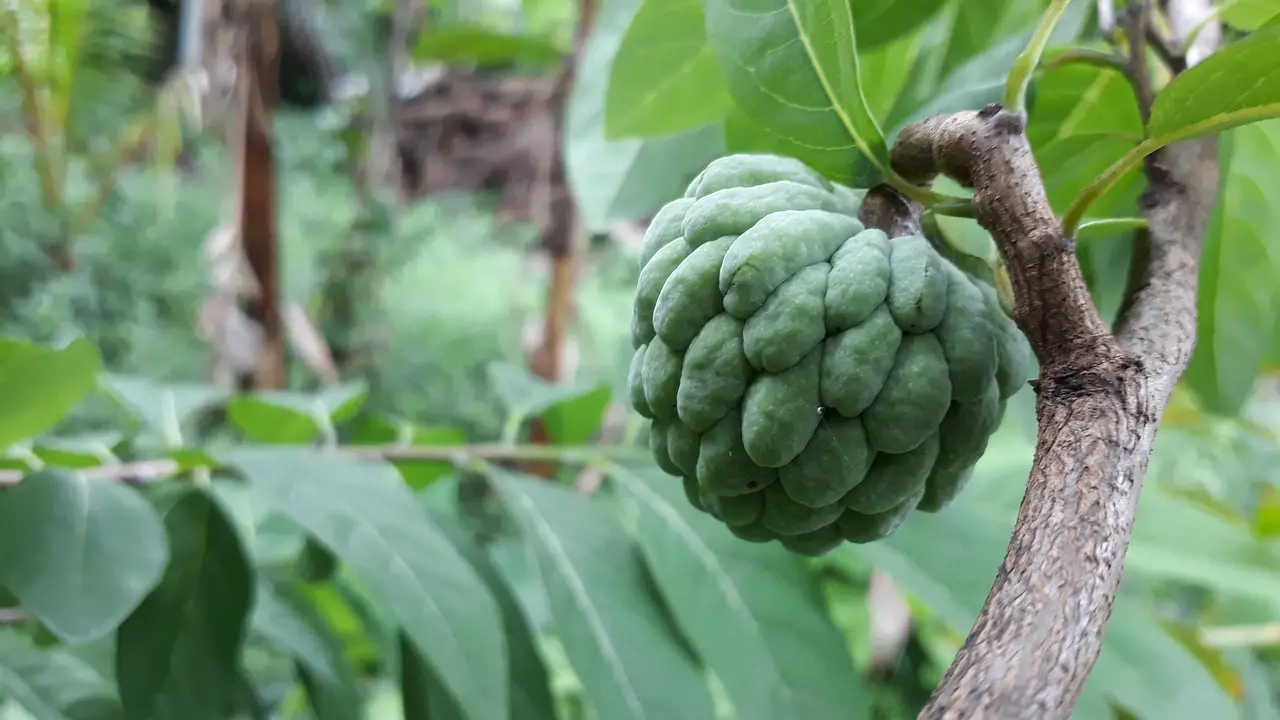Sugar apple trees can successfully be grown in pots, provided they receive adequate sunlight, proper watering, and suitable soil. Choosing the right container size and ensuring good drainage are crucial for their health and fruit production.
Understanding Sugar Apple Trees

Sugar apple trees, also known as annona squamosa, belong to the family Annonaceae. They are native to tropical regions of the Americas and are prized for their sweet, creamy fruits. The tree is small to medium-sized, typically reaching heights of 10 to 20 feet. However, when grown in pots, their size can be effectively managed.
The sugar apple tree produces unique, green, scaly fruit that is often described as tasting like a combination of banana and custard. This delightful flavor has made sugar apples a favorite among fruit lovers. In addition to their delicious fruit, these trees also have attractive foliage, making them an appealing choice for ornamental gardening.
Growing Conditions for Sugar Apple Trees
To successfully grow sugar apple trees in pots, it is essential to replicate their natural growing conditions as closely as possible. Here are some key factors to consider:
- Sunlight: Sugar apple trees thrive in full sun. They require at least six hours of direct sunlight each day.
- Soil: A well-draining potting mix is vital. A blend of potting soil with sand or perlite can provide the necessary drainage.
- Watering: Regular watering is important, but overwatering can be detrimental. The soil should be kept moist but not soggy.
- Temperature: These trees prefer warm temperatures. They grow best in areas where the temperature does not drop below 32°F (0°C).
Pots and Containers for Sugar Apple Trees
The choice of pot or container plays a significant role in the growth of sugar apple trees. When selecting a pot, consider the following:
- Size: A pot with a minimum diameter of 12 to 16 inches is recommended for young trees. As they grow, they may need to be repotted into larger containers.
- Material: Choose pots made from materials like clay or plastic. Both options have their benefits; clay offers better breathability while plastic retains moisture longer.
- Drainage: Ensure that the pot has drainage holes at the bottom to prevent water from pooling, which can lead to root rot.
Fertilization and Care
Proper fertilization is crucial for the health and productivity of sugar apple trees in pots. Use a balanced fertilizer that contains essential nutrients such as nitrogen, phosphorus, and potassium. Fertilize every four to six weeks during the growing season for optimal results.
In addition to fertilization and watering, regular maintenance is necessary. Pruning helps shape the tree and encourages healthy growth. Remove dead or damaged branches to promote air circulation and sunlight penetration.
| Care Aspect | Recommendation |
|---|---|
| Watering | Keep soil moist but not soggy |
| Fertilization | Use balanced fertilizer every 4-6 weeks |
| Sunlight | Provide at least 6 hours of direct sunlight daily |
By following these care guidelines, you can create an environment conducive to the growth of sugar apple trees in pots. With the right attention and care, you can enjoy both the beauty of these trees and the delicious fruit they produce.
Common Pests and Diseases
Growing sugar apple trees in pots can be rewarding, but it also comes with challenges. One of the significant challenges is dealing with pests and diseases that can affect the health of your tree. Understanding these threats is essential for prevention and management.
Common Pests
Several pests are known to target sugar apple trees. Here are some of the most common ones:
- Aphids: These small insects feed on the sap of the tree, which can weaken its growth. They often leave a sticky residue known as honeydew.
- Spider Mites: These tiny pests thrive in dry conditions and can cause leaf discoloration. Spider mites may create fine webs on the undersides of leaves.
- Scale Insects: These pests attach themselves to branches and leaves, sucking the sap. They can be hard to detect due to their protective coverings.
Managing Pests
Effective pest management is crucial for maintaining the health of your sugar apple tree. Here are some strategies:
- Regular Inspection: Frequently check your tree for signs of pests. Early detection can help control infestations before they become severe.
- Natural Predators: Introduce beneficial insects like ladybugs and lacewings, which prey on aphids and other pests.
- Insecticidal Soap: Use insecticidal soap or neem oil as a natural pesticide. Spray it on affected areas to deter pests without harming beneficial insects.
Diseases Affecting Sugar Apple Trees
In addition to pests, diseases can also pose a threat to sugar apple trees. Identifying common diseases can help you take preventive measures.
Common Diseases
- Powdery Mildew: This fungal disease appears as a white powdery substance on leaves. It thrives in warm, dry conditions.
- Root Rot: Caused by overwatering or poor drainage, root rot can lead to wilting and yellowing leaves. It is often fatal if not addressed quickly.
- Canker: Canker is a fungal infection that causes sunken lesions on stems and branches. It can weaken the tree and lead to dieback.
Preventing and Treating Diseases
A proactive approach to disease management can help keep your sugar apple tree healthy. Here are some tips:
- Avoid Overwatering: Ensure proper drainage in pots to prevent waterlogged soil, which can lead to root rot.
- Improve Air Circulation: Prune dense foliage to enhance airflow around the tree, reducing the likelihood of fungal infections.
- Fungicides: For fungal diseases like powdery mildew, consider using fungicides specifically designed for fruit trees. Follow instructions carefully for effective treatment.
The Importance of Pollination
Pollination plays a vital role in the fruit production of sugar apple trees. Understanding how to support pollination can enhance your harvest.
Pollination Process
Sugar apple trees are typically self-pollinating, meaning they can produce fruit with their pollen. However, having multiple trees can improve fruit set and yield. Here are some key points about pollination:
- Flower Characteristics: The flowers are large and fragrant, attracting various pollinators like bees and butterflies.
- Timing: Flowers open in the evening and remain open overnight, making them accessible for nighttime pollinators.
- Pollen Transfer: Wind or insects help transfer pollen from one flower to another, promoting fertilization.
Encouraging Pollinators
You can encourage pollinators around your sugar apple trees by:

- Planting Companion Flowers: Consider planting flowers nearby that attract bees and other pollinators.
- Avoiding Pesticides: Limit pesticide use, especially during flowering periods, to protect beneficial insects.
A healthy pollination process will enhance your chances of a fruitful harvest, making it essential to create a conducive environment for pollinators in your garden.
Choosing the Right Varieties

When it comes to growing sugar apple trees in pots, selecting the right variety can significantly impact your success. Different varieties may have varying growth habits, fruit characteristics, and climate adaptability. Here are some popular sugar apple varieties to consider:
- White Sugar Apple: Known for its sweet, creamy texture, this variety is favored for its large, green fruit with a smooth skin.
- Pink Sugar Apple: This variety has a distinctive pink hue and is celebrated for its rich flavor and aromatic qualities.
- Red Sugar Apple: Slightly smaller than other types, the red sugar apple is known for its vibrant color and sweetness.
Factors to Consider When Choosing a Variety
Before selecting a variety of sugar apple tree to grow in pots, consider the following factors:
- Climate Compatibility: Some varieties may perform better in specific climates. Research which types are best suited for your local conditions.
- Size: If space is limited, opt for dwarf or compact varieties that are more manageable in pots.
- Fruit Quality: Consider what flavor profiles and textures you prefer. Some varieties may have more pronounced sweetness or creaminess.
Propagation Techniques for Sugar Apple Trees
Successful propagation is crucial for expanding your collection of sugar apple trees or sharing them with others. There are several methods to propagate these trees effectively:
Grafting
Grafting is a popular method that involves joining a scion (a piece of the desired variety) to a rootstock. This technique can enhance fruit quality and disease resistance. Here’s how to graft:
- Select Rootstock: Choose a healthy rootstock that is compatible with the sugar apple variety you wish to propagate.
- Prepare the Scion: Take a healthy cutting from the desired sugar apple tree, ensuring it has at least two buds.
- Join the Scion to the Rootstock: Make a clean cut on both the scion and rootstock. Join them together and secure with grafting tape.
- Care for the Graft: Keep the grafted area moist and sheltered until it establishes roots and begins to grow.
Seed Propagation
Growing sugar apple trees from seeds is another method, though it may take longer to produce fruit. Here’s a simple guide:
- Extract Seeds: Remove seeds from ripe sugar apples and rinse them to remove any fruit residue.
- Drying Seeds: Allow the seeds to dry for a day or two in a cool, shaded area.
- Sow Seeds: Plant seeds in well-draining potting soil, about an inch deep. Keep the soil consistently moist.
- Germination: Seeds typically germinate within 2-4 weeks. Once seedlings are strong enough, transplant them into larger pots.
Caring for Young Sugar Apple Trees
Caring for young sugar apple trees is essential for their development. Here are some tips to ensure they grow strong and healthy:
Watering Young Trees
Younger trees require careful attention to their watering needs. Here are some guidelines:
- Frequency: Water young trees regularly, ensuring the soil remains evenly moist but not soggy.
- Signs of Water Stress: Look out for wilting leaves or yellowing foliage, which can indicate either overwatering or underwatering.
Nutrient Needs
Younger trees benefit from appropriate fertilization to support their growth. Use a balanced fertilizer designed for fruit trees. Here’s how:
- Initial Feeding: Begin fertilizing when the tree is about six months old.
- Application Frequency: Fertilize every 6-8 weeks during the growing season to provide essential nutrients.
- Avoid Over-Fertilizing: Too much fertilizer can damage young roots. Follow package instructions carefully.
With proper care and attention, your young sugar apple trees will grow into fruitful plants that can thrive in pots and provide delicious fruit for years to come.
Harvesting and Enjoying Your Sugar Apples
Once your sugar apple trees begin to bear fruit, the excitement of harvesting these delicious treats will be palpable. Knowing when and how to harvest is crucial for enjoying the best flavor and quality of your sugar apples.
When to Harvest
Sugar apples typically take about 4 to 6 months after flowering to ripen. Here are some key indicators to determine the right time for harvesting:
- Color Change: The fruit will change color from green to a lighter shade, often with a slight yellow tint.
- Texture: Gently squeeze the fruit; it should yield slightly to pressure, indicating ripeness.
- Aroma: Ripe sugar apples emit a sweet, fruity aroma that is hard to miss.
Harvesting Technique
To harvest sugar apples, follow these steps:
- Use Pruning Shears: Cut the fruit from the tree with clean pruning shears to avoid damaging the tree or other fruits.
- Avoid Pulling: Do not pull the fruit off, as this can harm the branches and lead to disease.
- Handle with Care: Sugar apples are delicate and can bruise easily. Place them gently in a basket or container.
Storing Sugar Apples
After harvesting, proper storage is essential to maintain the fruit’s quality. Here are some tips for storing sugar apples:
- Room Temperature: Store unripe sugar apples at room temperature until they ripen fully.
- Refrigeration: Once ripe, sugar apples can be placed in the refrigerator to extend their shelf life. Consume them within a week for the best flavor.
- Avoid Moisture: Keep fruits dry, as excess moisture can promote mold growth and spoilage.
Culinary Uses of Sugar Apples
The

sweet, creamy flesh of sugar apples makes them a versatile ingredient in various dishes. Here are some popular ways to enjoy your harvest:
- Fresh Eating: Simply cut the fruit in half and scoop out the flesh with a spoon for a delicious snack.
- Smoothies and Shakes: Blend the flesh with yogurt or milk for a creamy smoothie or shake.
- Desserts: Use sugar apple pulp in desserts such as pies, puddings, or ice creams.
Final Thoughts
Growing sugar apple trees in pots can be a rewarding experience for both novice and experienced gardeners. By understanding their care requirements, such as sunlight, watering, pest management, and fertilization, you can create an ideal environment for these beautiful trees. Additionally, selecting the right variety and implementing effective propagation techniques will help you expand your garden successfully.
The joy of harvesting your sugar apples and enjoying their sweet flavor is unmatched. With careful attention to detail, you can cultivate healthy trees that will thrive in pots and provide delicious fruits for years to come. Whether you want them for personal enjoyment or to share with friends and family, sugar apple trees can enhance your gardening experience while adding beauty and productivity to your space.
Embrace the challenges and joys of growing sugar apple trees in pots, and you’ll find that the effort yields delicious rewards.
